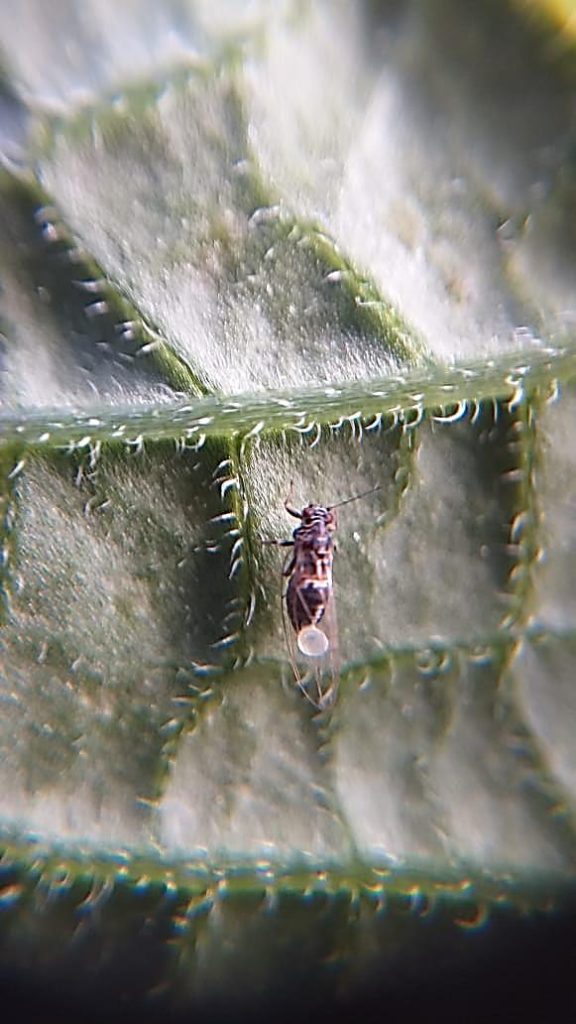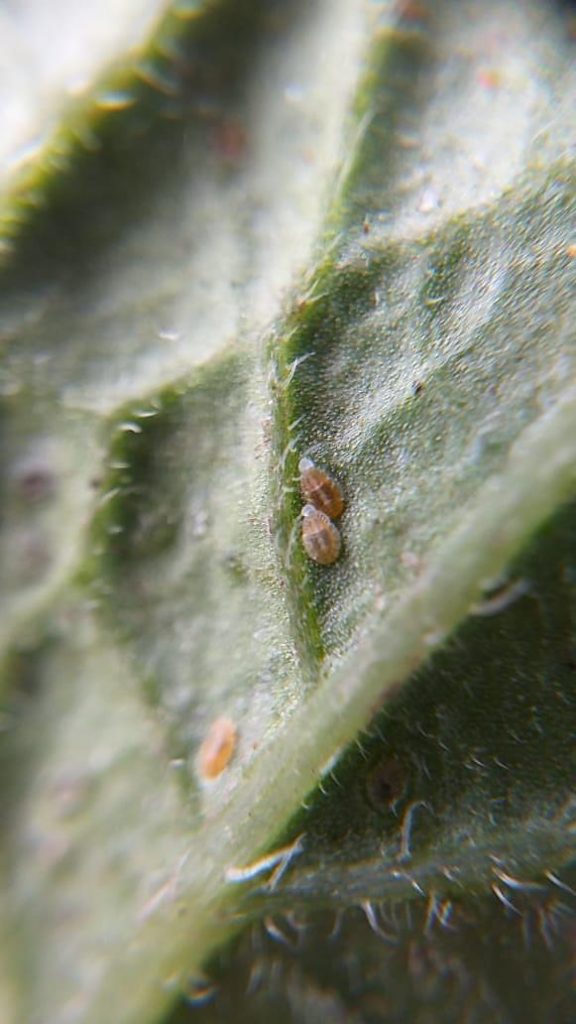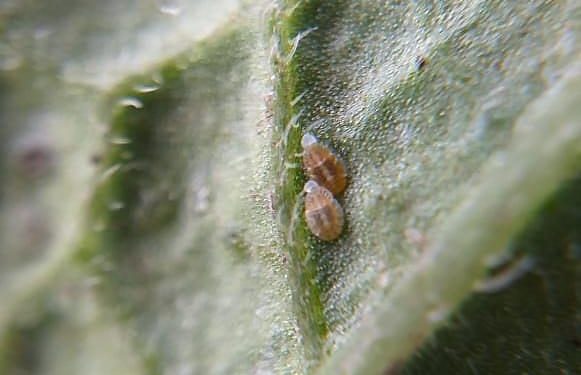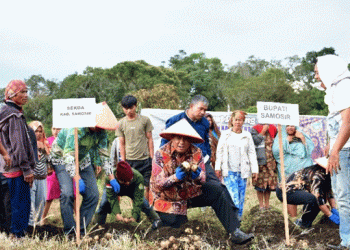#Paratrioza #Bactericeracockerelli #potatocultivation #solanaceouscrops #psyllidyellows #potatopurpletopwilt #tomatopermanentwilt #zebrachip #integratedpestmanagement
Paratrioza or Jumping plant lice (Bactericera cockerelli) is a major economic pest that is initially affecting potato crops, but can become a problem for other solanaceous crops such as tomatoes and tree tomatoes, among others. In Colombia, Paratrioza was officially reported in April 2021 by ICA in potato-growing areas of the Nariño Department in the south of the country, and it is believed to have been imported from Ecuador. This pest is subject to official surveillance, meaning it is mandatory to report any damage caused by it to the ICA. The damages caused by Paratrioza can be classified as direct and indirect, with the latter being the most concerning and difficult to manage.
The main direct damage caused by the feeding of Paratrioza nymphs is known as “psyllid yellows,” which results in slow growth, low vigor in new leaves, chlorosis/redness or purple coloring in the basal part of leaves, internodes, and low-quality fruits. Both problems are “solved” by eliminating the pest from the crop. The most damaging damages are indirect ones since they are very varied and cause problems for which there is no “solution” or “cure.” Psyllids transmit potato purple top wilt, PMP, caused by the bacterium Candidatus liberibacter, and tomato permanent wilt, both of which are highly detrimental to affected crops. Recently, the insect has been linked as a vector of zebra chip, where potato plants tend to have delayed growth, chlorosis, and axillary bud proliferation. The tubers have brown vascular ring lesions and necrotic mottled internal tissues. The internal streaking of the tubers intensifies after processing the tuber (frying), which causes rejection of potatoes for fresh and processed markets.
The eggs are ovoid with a bright orange-yellow color and are attached to a filament that connects them to the surface of the leaves, being found on the underside of the leaf and at its edge. Hatching occurs 3-7 days after oviposition. It passes through five nymphal stages, with an oval appearance, flattened, defined red eyes, and waxy filaments around the body, with a total development time of about 12 to 24 days, during which the color change of the different instars can be observed, starting from orange to greenish-yellow and finally green. Adults, when emerging, have a yellow-green color and whitish wings, which over time become transparent, and the body turns to a dark brown or black color with white or yellow stripes and a prominent band.
Paratrioza (Bactericera cockerelli) is a new threat to potato cultivation in Colombia, which can also affect other solanaceous crops. It is essential to monitor and report any damage caused by this pest to the ICA to prevent its spread and minimize economic losses. It is also crucial to implement integrated pest management strategies that include cultural, biological, and chemical control measures to effectively manage this pest.












